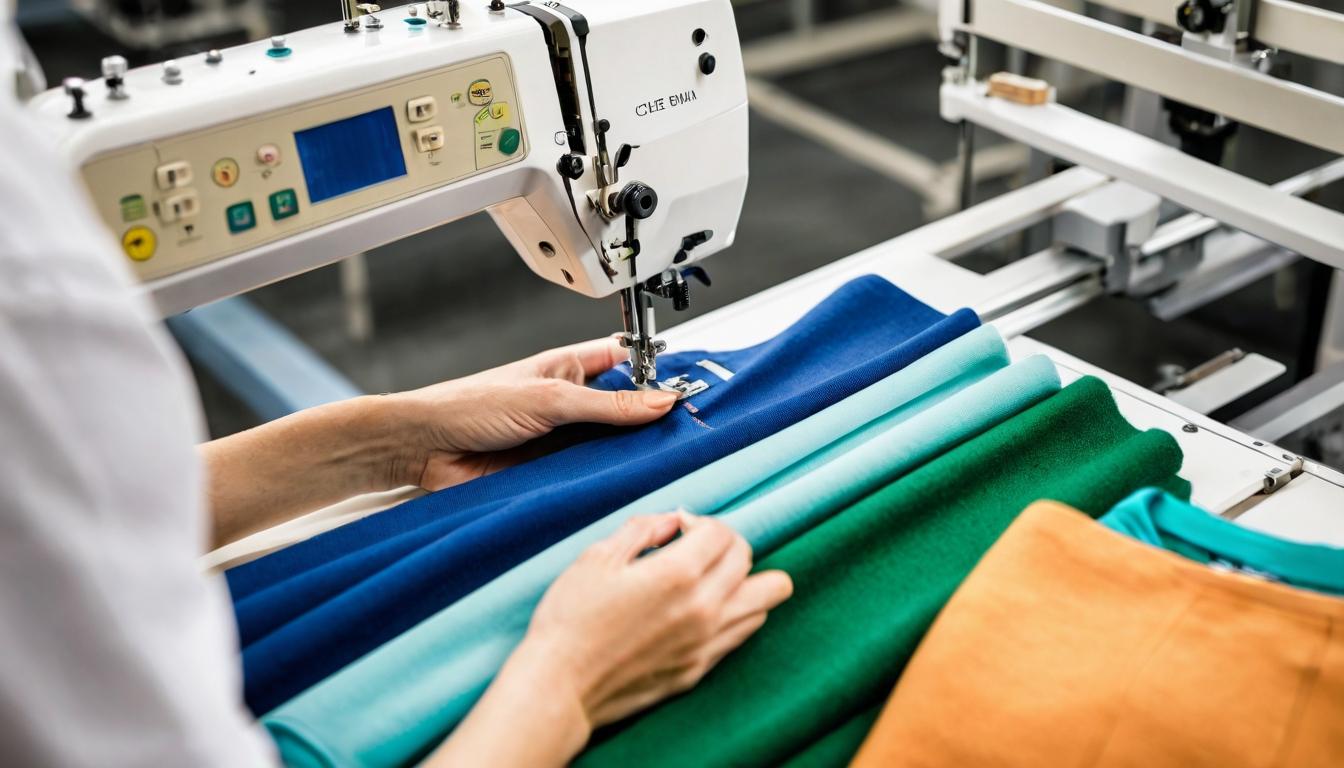The racks at your favorite boutique look the same as they did last season, but behind the silk dresses and tailored trousers, a revolution is brewing. While fast fashion continues to dominate headlines with its environmental missteps, a quieter, more profound transformation is taking place across the industry—one that goes beyond organic cotton and recycled polyester to fundamentally rethink how clothing reaches our closets.
In Paris, Milan, and New York, designers are quietly experimenting with something radical: clothing that tells you its entire life story. Imagine scanning a QR code on a blazer and learning not just where it was made, but who wove the fabric, what the factory conditions were like, even the carbon footprint of its journey to the store. This isn't some distant future fantasy—it's happening now in pilot programs at several luxury houses, though most are keeping the details under wraps until they perfect the technology.
Meanwhile, the rental market has evolved far beyond special occasion wear. Services now offer monthly subscriptions for everyday workwear, allowing professionals to maintain a fresh rotation of office-appropriate clothing without the closet clutter or environmental guilt. The real innovation? Algorithms that learn your style preferences and body shape to curate boxes that feel personally selected rather than randomly assembled.
What's most surprising is how these changes are being driven not by consumer demand, but by supply chain realities. Climate-related disruptions to cotton crops, shipping delays, and rising production costs have forced even the most traditional brands to reconsider their approach. The result is a new emphasis on durability and timeless design—clothes meant to last years rather than seasons.
Fabric technology represents another frontier in this quiet revolution. Scientists are developing materials that would sound like science fiction if they weren't already in production: self-cleaning textiles that break down stains when exposed to sunlight, temperature-regulating fabrics that keep you cool in summer and warm in winter, and even biodegradable sequins that won't linger in oceans for centuries.
The most compelling development might be what's happening in the secondhand market. What began as thrift store treasure hunting has evolved into a sophisticated ecosystem of authentication services, quality grading systems, and pricing algorithms that make buying pre-owned luxury items as reliable as purchasing new. The stigma once associated with worn clothing has evaporated among younger consumers, who see vintage finds as both environmentally conscious and style statements.
This shift extends to how clothes are cared for too. Repair services, once the domain of neighborhood tailors, have been reimagined as premium offerings from the same brands that sold the garments originally. Some labels now offer lifetime repair guarantees, recognizing that keeping clothes in circulation longer benefits both the environment and customer loyalty.
Perhaps the most telling indicator of this transformation is happening in fashion education. Design schools that once emphasized sketching and draping now require courses in circular economy principles, material science, and supply chain ethics. The next generation of designers isn't just learning how to make beautiful clothes—they're learning how to make beautiful clothes that don't cost the earth.
What emerges from these disparate developments is a clear pattern: fashion is undergoing its most significant transformation since the industrial revolution. The changes are happening quietly, without fanfare or marketing campaigns, because they're driven by necessity rather than trend. The result promises to be an industry that looks remarkably different in five years—one where quality trumps quantity, transparency replaces mystery, and clothing becomes something we value for years rather than weeks.
The quiet revolution in sustainable fashion that's changing how we shop forever

